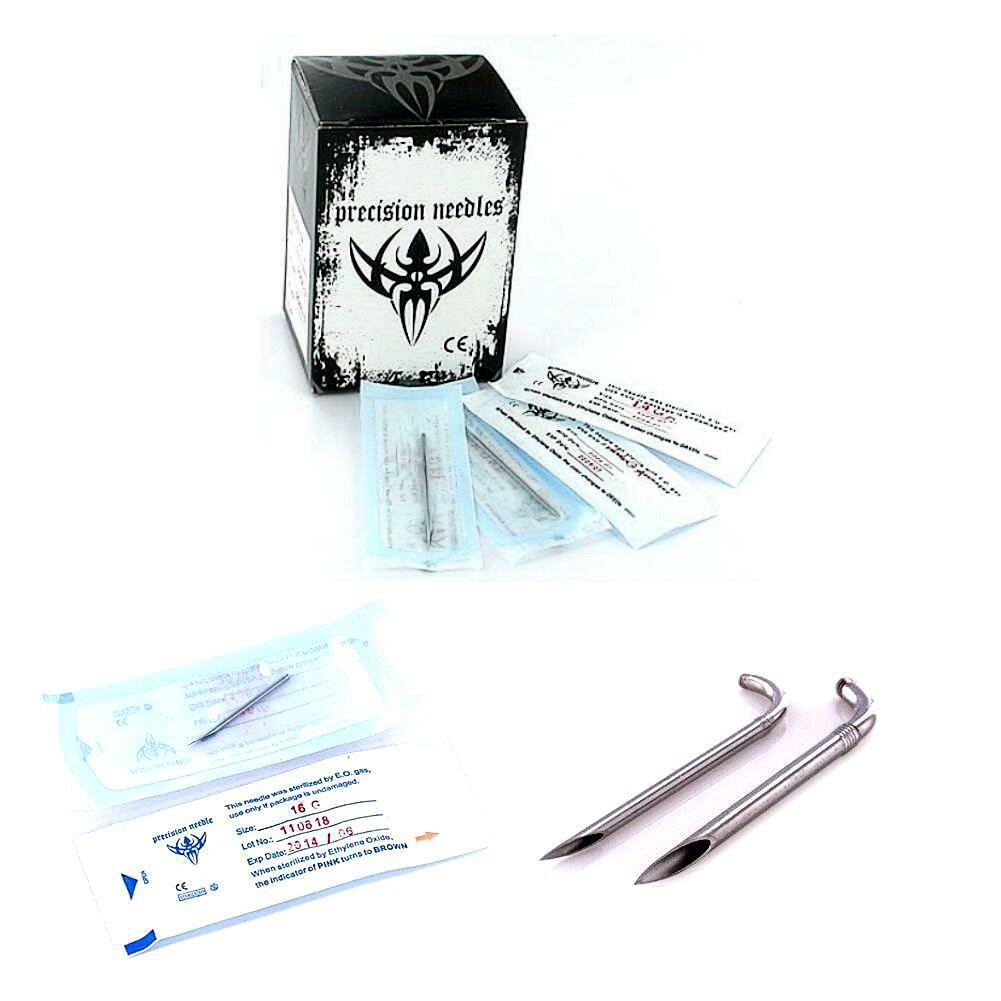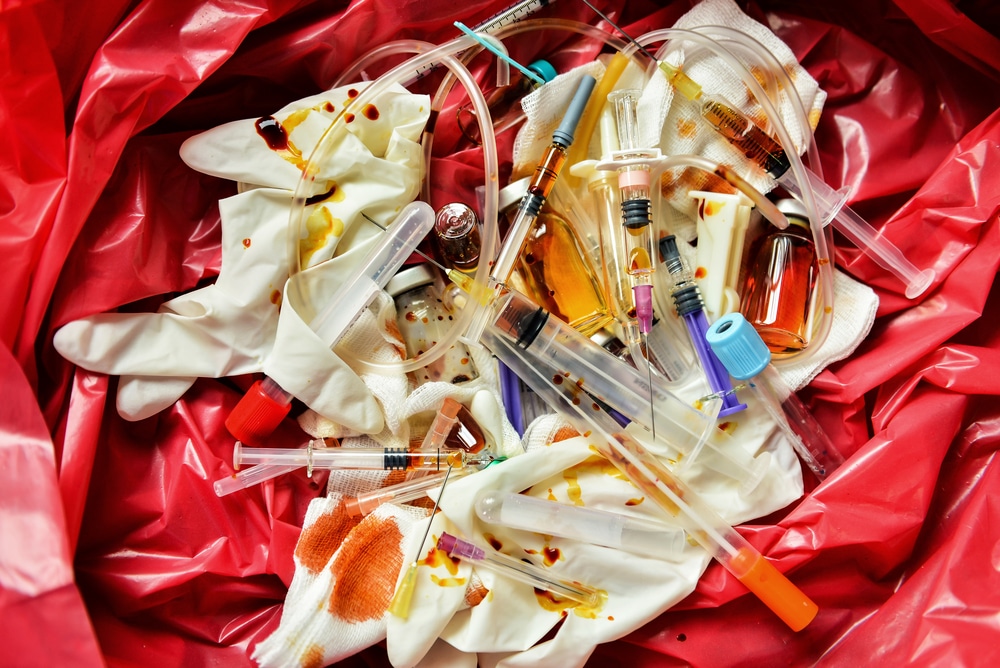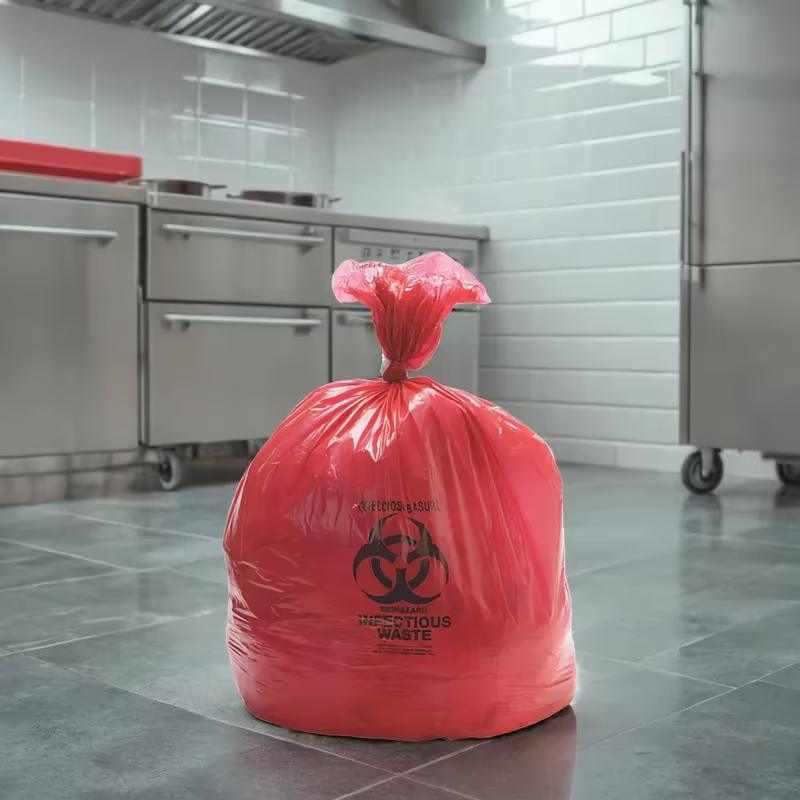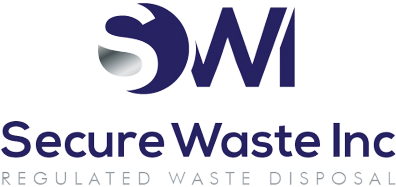A Step-By-Step Guide On The Importance of Safely Disposing Of Body Piercing Needles: Expert Solutions From Secure Waste
Safe Disposal of Tattoo Piercing Needle Waste: A Comprehensive Guide for Artists and Studio Owners
The needle is an indispensable tool and a commonly misunderstood instrument in body piercing. For decades, piercing needles have been acknowledged as the preferred and most highly recommended choice for body art, and for good reason.
These finely crafted needles allow for the precise creation of piercing channels and are significantly less harmful and damaging than piercing guns. They offer artists greater control over the angle and placement of the piercing, as well as a broader range of jewelry options.
However, despite these numerous advantages, many clients often find themselves feeling anxious or intimidated by the idea of needles. This reaction is quite natural; our early experiences with needles—especially in Healthcare medical settings—often leave a lasting impression that can evoke feelings of discomfort or fear.
It’s essential to recognize that piercing needles are fundamentally different from the medical needles that many might associate with pain and anxiety. This guide aims to illuminate the fundamental aspects of piercing needles, dispel common myths, and help alleviate lingering fears.
Local Sharps Waste Disposal For Body Piercing Facilities “Click Here”
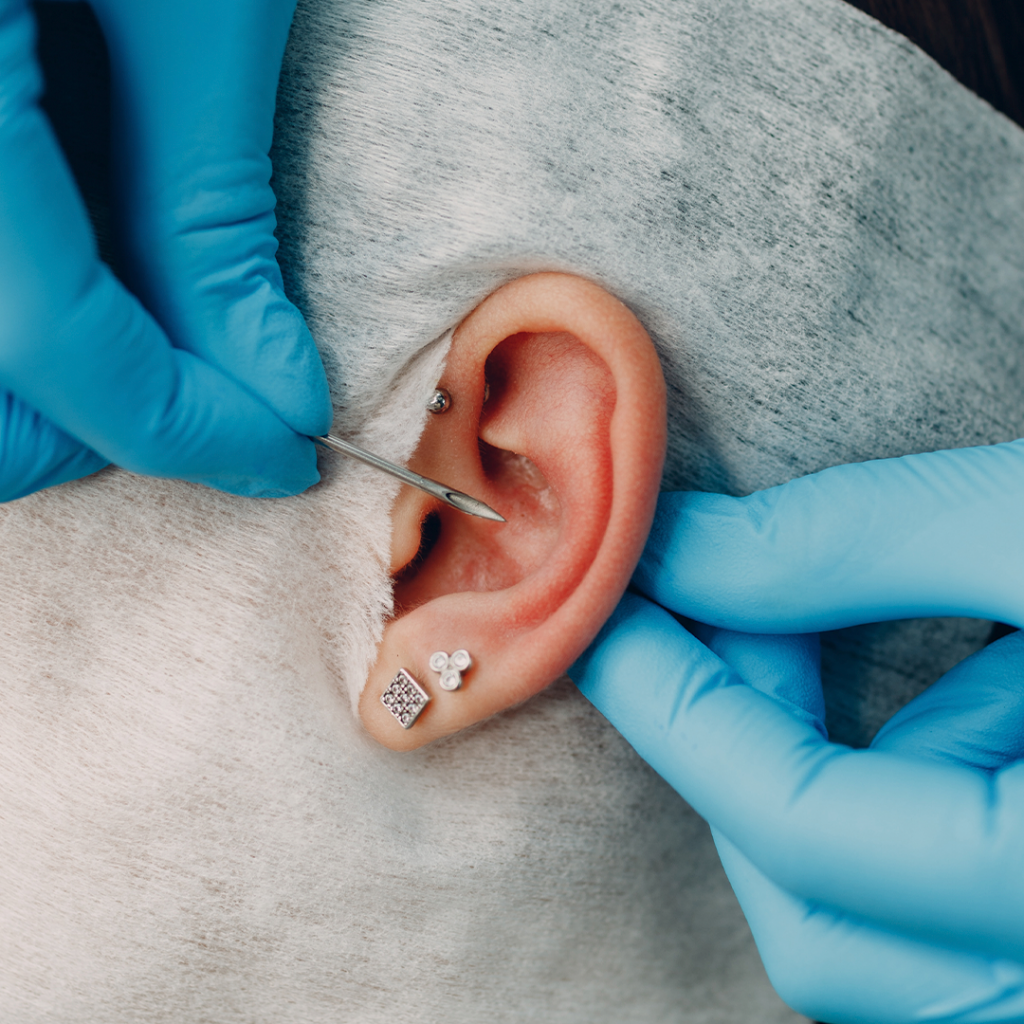
Understanding the Anatomy of a Piercing Needle
Let’s delve into the anatomy of a piercing needle to appreciate its sophisticated design. A piercing needle is constructed from a hollow tube called a needle blank. Skilled artisans use advanced machines to grind down the sharp ends of these tubes, thereby creating the critical features of the needle, known as bevels. Modern piercing needles typically feature three distinct bevels.
The first level, located at the tip of the needle, is expertly crafted to form a slight and sharp point—the piercing bevel— the initial part penetrating the skin. The second, a longer bevel in the mid-section of the needle, is referred to as the cutting bevel. This bevel creates a precise crescent-shaped incision through the skin, ensuring a clean entry. Finally, the third level, the heel or stretching bevel, gently expands the crescent cut into a round channel, facilitating easier jewelry insertion.
Need Sharps Containers For Body Piercing Disposal? Review Our Approved Sharps Containers Here
The Importance of Proper Body Piercing Needle Waste Management
While tattoo parlors may not immediately evoke images of medical facilities, the waste produced during body art procedures overlaps significantly with the hazardous waste typically found in healthcare settings.
This includes needles, personal protective equipment (PPE), and other materials that must be managed carefully. Therefore, every studio owner and artist must be well-versed in safety protocols and regulatory guidelines related to the disposal of tattoo waste, which is considered Biomedical waste. Failure to adhere to these standards can lead to severe consequences.
Tattoo Shop Cleaning Checklist: Two Essential Steps for Proper Waste Disposal
No tattoo artist enters the profession to be overwhelmed by the intricacies of operational protocols surrounding Biomedical waste disposal. However, understanding the importance of proper waste management is crucial.
I’d like you to please follow this succinct two-step cleaning checklist to make sure your studio is compliant and safe regarding hazardous waste disposal.
Step 1: Identify What Constitutes Biomedical Hazardous Waste
Tattoo-related waste includes a surprisingly extensive array of items that fall under hazardous medical waste and should be treated accordingly. Among these are:
- Needles (both tattoo and piercing)
- Needle covers
- Personal Protective Equipment (PPE)
- Inkcaps
- Unused or leftover ink
- Gauze and dressings
- Cotton swabs
If you’re ever uncertain whether an item qualifies as hazardous waste, consider if it’s a single-use product utilized in creating or maintaining body art. If affirmative, treat it like any other dangerous medical waste.
Step 2: Implement Effective Waste Separation
Proper waste disposal necessitates designated receptacles for the specific disposal of various items in a tattoo shop. This begins with a sharps container designed explicitly for needles, lancets, razors, and any other tools employed in skin piercing.
In addition, it’s essential to have a biohazard waste receptacle on hand for materials likely to come into contact with bodily fluids, such as PPE and dressings. These biohazard containers should have tight-fitting lids lined with red bags that are moisture-, leak-, and puncture-resistant.
The sharps container and biohazard receptacle should be clearly labeled and securely stored away from public access until they can be transported to an approved waste treatment facility.
Secure Waste Offers Full Service Sharps Disposal “Click Here”
How to Dispose of Piercing Needles: Best Practices
Your sharps container will be the primary receptacle for needles, their components, and all other sharp implements. FDA-regulated sharps containers are readily available for purchase, or you can create your own using a durable, empty detergent bottle or a gallon water bottle equipped with a tight-fitting lid. It’s crucial to keep this container marked and placed in an inaccessible area to the public, ensuring a safe environment for everyone involved.
By following these guidelines, tattoo artists and studio owners can contribute to a healthier, more compliant industry while minimizing risks associated with needle waste.
By embracing these innovative disposal strategies and processes, the Body Piecing facility significantly improves its methods of managing medical waste, thereby playing a vital role in fostering a more sustainable and environmentally responsible future.
In conclusion, now that you know how to dispose of Body-piercing needle waste near you, don’t hesitate to contact Secure Waste.
We provide reliable, compliant, eco-friendly medical waste disposal solutions for your facility’s needs. We have expertise in biomedical, hazardous waste, and Sharps container disposal. In addition, we provide customized waste management plans, including secure collection and transport and sustainable disposal practices.
Contact us today for a FREE Waste Assessment, or request a quote online!
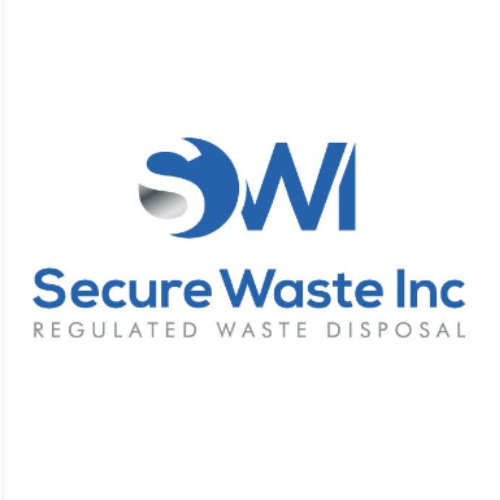
Expert Medical Waste Management: With over 25 years of industry experience, Secure Waste is a trusted local leader in hazardous and biohazardous waste disposal across Maryland, Virginia, and Washington, D.C. Specializing in medical waste management, sharps needle disposal, and biohazard waste removal, the company ensures full compliance with federal, state, and local regulations while prioritizing environmental sustainability.
The company also offers additional services, including secure document shredding and sharps container sales, providing comprehensive solutions for healthcare facilities and businesses. Our cost-effective services help clients maintain regulatory compliance without unexpected costs.
With a commitment to customer satisfaction, Secure Waste offers tailored waste management plans that align with industry best practices. Their team of experts provides reliable, timely, and compliant services, making them the preferred choice for medical waste disposal. For a free waste quote or more information, visit www.securewaste.net
